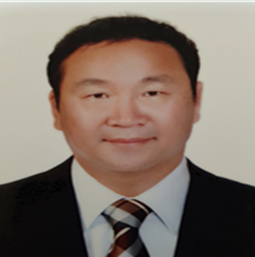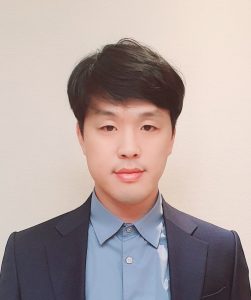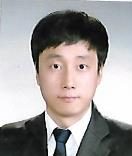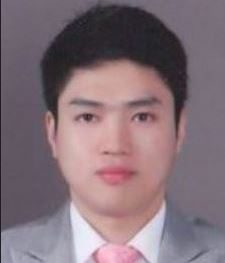Martial Arts have great international influence. Martial Arts forms and techniques have inspired countless people and attracted the attention of researchers all over the world.
This influence has been of great interest in bridging the East and the West for centuries in terms of cultural exchange and has been handed down along with Eastern philosophies, arts, and traditions, through which martial arts have been the basis for Westerners understanding and respecting other cultures, and the spread of films and media contributed to the promotion of cultural exchange.
As a result, Martial Arts have been held in international competitions and be the basis such as the Olympics, and the value of Martial Arts has been highly recognized as artistic and mental elements are included in external factors such as improvement of muscle strength.
This way, today Martial Arts have global interest and influence, and play an important role in various fields such as cultural exchange, health and well-being, sports, and the arts.
Also, It is an important point in time to present the direction of martial arts in the era of globalization and scientificization of martial arts in line with the trend of the times while taking the lead in establishing and scientificizing martial arts in a more systematic.
Therefore, this journal is intellectual development related to martial arts and culture and arts, we aim to serve as a medium to integrate the values of martial arts and have a sense of duty to contribute greatly to the establishment of martial arts theory.
Detail with a we recommend that potential authors review recent issues to determine whether their paper is appropriate to the journal.
Aims & Scope
Area 1 Martial Arts
Area 2 SPORT
Area 3 Tradition and Culture
Latest Articles
+ View all articles
-
Purpose: Health Qigong is an exercise that moves slowly to rhythm and is a type of slow exercise based theoretically on Chinese medicine. In this study, we sought to find out how people who are practicing Health Qigong for the first time are experiencing changes in their perception. Accordingly, this study was conducted for the purpose of examining the universality and specificity of Health Qigong compared to other sports from the perspective of beginners practicing Health Qigong. Method: Six beginners in Health Qigong who could provide sufficient answers to the research topic were selected as participants. The study participants participated in a total of 15 training programs and 1 presentation over 4 months and consisted of 3 men and 3 women. The data analysis process used Colaizzi's six-step analysis method in the phenomenological research method among qualitative research methods, and structured the changes in perception according to the participants' experiences by dividing them into universality and specificity. In addition, the participants' facial expressions and gestures were recorded and used as additional observation data and reflected in the research results. Results: As a result of the study, 3 categories, 7 topic bundles, and 15 subjects were finally identified. In the category of universality, physical, emotional, and convenience of space use were identified, and in the category of differentiation, movement characteristics and exercise types were identified, and convenience and fun were identified in the Health Qigong presentation. Conclusion: The results of this study will be meaningful in that they provide an opportunity to continue the cycle of participation by identifying the uniqueness of the Health Qigong program. In future research, specific and practical educational plans should be presented to expand the base of the program as well as research on the effects of Health Qigong training.Keyword:Health Qigong, Universality, Specificity, Beginner, Perspective
-
Purpose: The purpose of this study is to analyze the effectiveness of Silver Taekwondo in enhancing the physical and psychological health of elderly individuals in a super-aged society. Based on this analysis, the study aims to provide foundational data for expanding and revitalizing the practice of Silver Taekwondo and to propose methods for maintaining health through sustained physical activity among the elderly. Method: This study used major academic databases like PubMed, Google Scholar, and KISS to find peer-reviewed papers and policy reports from the past decade with keywords such as 'Silver Physical Activities,' 'Elderly Physical Activities,' 'Taekwondo,' and 'Senior Taekwondo.' The literature was analyzed to assess the current state and key issues of Silver Physical Activities and Silver Taekwondo. Data reliability was ensured through repeated reviews and discussions by the researchers and a peer expert group. Results: The study found that From 2015 to 2023, the number of Silver Taekwondo participants, programs, and facilities increased, with participation rates rising from 2.5% to 5.5%. Despite improved online support due to COVID-19, issues such as accessibility, economic constraints, and program inadequacy persist. While community cooperation and online support have increased since 2021, facility shortages and a lack of qualified experts re-main unresolved, underscoring the need for comprehensive approaches and policy efforts. Conclusion: To promote the active participation of elderly individuals in Silver Taekwondo, it is necessary to develop tailored programs that align with their physical conditions and health levels, improve accessibility to public and private Taekwondo facilities, enhance the expertise of instructors through training and certification systems, expand policy support and financial incentives, and establish regular feedback mechanisms. A strategic approach incorporating these elements is expected to improve both the physical and mental health of the elderly and increase participation rates.Keyword:Taekwondo, Silver Taekwondo, Elderly Physical Health, Aging Society, Health Promotion
-
Purpose: Modern Judo has developed with traditional techniques, changes in game rules, and increased inter-national exchange. Recently, the rules have changed to a more aggressive direction, and coaches are studying new techniques inspired by Russian Sambo and Brazilian Jiu-Jitsu (BJJ). Accordingly, Judo training must become more scientific and systematic through data and video analysis. Therefore, this study was conducted to analyze the use of techniques by Korean middle and high school and university judo players to maintain international competitiveness in line with these changes. Method: First, the frequency analysis was performed to examine and understand the general characteristics by using the SPSS/PC+23.0 program. Second, to validate the reliability of the survey questionnaire, the Cronbach's α coefficient was calculated. Third, exploratory factor analysis was conducted to find out the structure of the use of attack and defense techniques by judo players. Fourth, correlation analysis was conducted to find out the relationship between the use of attack and defense techniques by judo players. Fifth, regression analysis was conducted to find out the effect of the use of attack techniques by judo players on the use of defense techniques. Results: The results of the correlation analysis of the use of attack and defense techniques by judo players showed a statistically significant correlation of r=0.470, p=0.000, and a simple linear regression analysis was conducted to determine whether the use of attack techniques affects the use of defense techniques. The results showed F=55.000(p<.001), indicating an explanatory power of 22.1%. The use of various techniques by judo players can be explained by strategic diversity in their performance, complementary techniques, responding to various situations, strengthening body parts, improving endurance during the game, and weakening the response ability of opposing players. Conclusion: In judo, the attack and defense techniques are Kuzushi (breaking the balance) - Tsukuri (taking the body position) - Kake (throwing), and each step has a direct and very important effect on the performance. However, in the recent era of artificial intelligence, artificial intelligence is being applied to all sports, and Korean judo must develop judo by combining traditional technology with a scientific approach as an IT powerhouse. To this end, it is necessary to utilize artificial intelligence image data analysis, virtual and augmented reality simulation training, motion capture technology, and AI-based customized training programs to provide appropriate feedback to athletes. In addition, in order to resolve the issue of controversy over match judgment, it is also an important task to introduce artificial intelligence referee judgment through international exchange programs to increase the objectivity of judo judgment. It is hoped that this study will lead the future international judo infrastructure and properly develop sports in the 4th industrial revolution.Keyword:Korean Judo, Attack and Defense Techniques, Special Technique Completion, Scientific Training, Artificial Intelligence Referee
-
Purpose: The purpose of this study is to examine the influence of Judo practitioners on their intention to continue exercising and satisfaction of life through consideration of previous research related to intention to continue exercising and satisfaction of life, thereby improving the development of Judo for sports for all and the satisfaction of Judo practitioners for sports for all while providing the basic data to contribute to help improve the quality of life and ultimately improving the quality of life. Method: The subjects of this study were 200 members attending middle and high schools who practice Judo as part of their daily sports, and were surveyed using stratified cluster random sampling. The collected data were subjected to factor analysis and reliability analysis using SPSS 20.0 and AMOS 20.0 programs. Results: In this study, the independent samples t-test and one-way ANOVA were used to determine the effect of training according to the characteristics of Judo practitioners on intention to continue exercising and satisfaction of life. First, in the offset analysis of intention to continue exercising and satisfaction, the correlation coefficient between variables turned out to be somewhat high. Second, it turned out to have a positive effect on the intention to continue exercising. Third, it turned out to have a positive effect on the satisfaction of Judo practitioners. Conclusion: The purpose of this study is to articulate and specify the impact of sports for all Judo training on the intention to continue exercising and satisfaction of life, and to provide the basic data that may be used to identify positive changes in individuals by improving mental, physical, and social health through Judo training.Keyword:Adolescents, Sports for All, Judo Training , Intention to Continue, Satisfaction Life
-
Purpose: This study delves into the significance of Krav Maga training for enhancing self-defense abilities against indiscriminate violence, a societal issue impacting personal safety, and emphasizes its practicality in combination with the Israeli military combat system as a fundamental approach to applying martial arts for self-defense. The study seeks to reevaluate Krav Maga's pivotal role in bolstering self-defense against indiscriminate violence and to identify prospects for its future development. Method: The research method and data collection method to achieve the purpose of this study used electronic literature platform search. Validity as data was verified through triangulation. Results: Krav Maga is a practical and effective self-defense system that originated in Israel, initially developed for military use but later adapted for civilian self-defense. Martial arts for security, military martial arts, and police martial arts programs are presented as a vitalization plan. Conclusion: The revitalization plan for the Krav Maga program against indiscriminate violence can emphasize the importance of a tailored curriculum, certified instructors, scenario-based training, ethical considerations, periodic assessments and interdisciplinary collaborations, and empowers participants self-defense, bodyguards, soldiers and police. Training can be instilled with the aim of ensuring the ability to manage problems effectively in a variety of situations by equipping them with practical self-defense skills, legal awareness and enhanced situational preparedness.Keyword:Indiscriminate Violence, Krav Maga, Security Martial Arts, Military Martial Arts, Police Martial Arts
Publishing Schedule
| JAN | FEB | MAR | APR | MAY | JUN | JUL | AUG | SEP | OCT | NOV | DEC | |
|---|---|---|---|---|---|---|---|---|---|---|---|---|
| Submission | 8/30 | |||||||||||
| Editorial Review | 9/10 | |||||||||||
| Double Blind Peer Review | 9/30 | |||||||||||
| Review-Form Reflection Review | 10/10 | |||||||||||
| Accepted | 10/20 | |||||||||||
| Manuscript Editing Review | 10/30 | |||||||||||
| Scientific Proofreading | 11/30 | |||||||||||
| Open & Hybrid Review | 12/10 | |||||||||||
| Published | 12/30 |
♦ Issues Per Year: Annual
Board Members
Head of Editorial Organization / President
Ilhoon Song
Yongin University, KOR
[Curriculum Vitae]
General Vice President
Hochul Shin
Kyungmin University, KOR
[Curriculum Vitae]
Vice President
| Seongkon Choi Planning and Coordination | Keimyung University, KOR |
| Yanghee Jung Public Relations | Keimyung College University, KOR |
Editor in Chief
Boseob Heo
Kosin University, KOR
[Curriculum Vitae]
Executive Editor
Gyuho Lee
Keimyung University, KOR
[Curriculum Vitae]
Editor in Administrations
| Bongjun Choi | Kyungwoon University , KOR |
| Byeongchan Kim | Kyungwoon University, KOR |
| Dongyoung Park | Baekseok University, KOR |
| Euiyoung Kim | Hoseo University, KOR |
| Hongfu Tang | Sangmyung University, KOR |
| Hyoungkeun Oh | Woosuk University, KOR |
| Jaeho Kim | Kyungwoon University, KOR |
| Jaehwan Jeoung | Chosun University, KOR |
| Jeonghwan Park | Sangji University, KOR |
| Jeongki Lee | Kosin University, KOR |
| Jideok Jeong | Kimpo University, KOR |
| Keeung Yoo | Korea University, KOR |
| Sangmin Shin | Woosuk University, KOR |
| Shunzhe Piao | Shenyang Sport University, China |
| Sile Wang | Anqing Normal University, China |
| Sukkyung Lee | Jeonju University, KOR |
| Youngae Shin | Keimyung University, KOR |
| Younghun Kim | Kyungwoon University , KOR |
| Youngnam Cha | Kosin University, KOR |
| Zhongxuan Jin | Shenyang Sport University, China |
History
| 2015 | ||
| JUN. 23 | Establishment of the Publisher | |
| DEC. 05 | Inaugural General Meeting | |
| 2016 | FEB. 03 | International Journal of Martial Arts (ISSN 2423-835X) |
| JUN. 30 | First Journal Publication | |
| OCT. 11 | Digital Object Identifier (DOI) Google Scholar |
|
| 2019 | APR. 23 | EBSCO |
| MAY. 07 | ProQuest Exribris |
|
| 2020 | NOV. 02 | KCI (Korea Citation Index) |
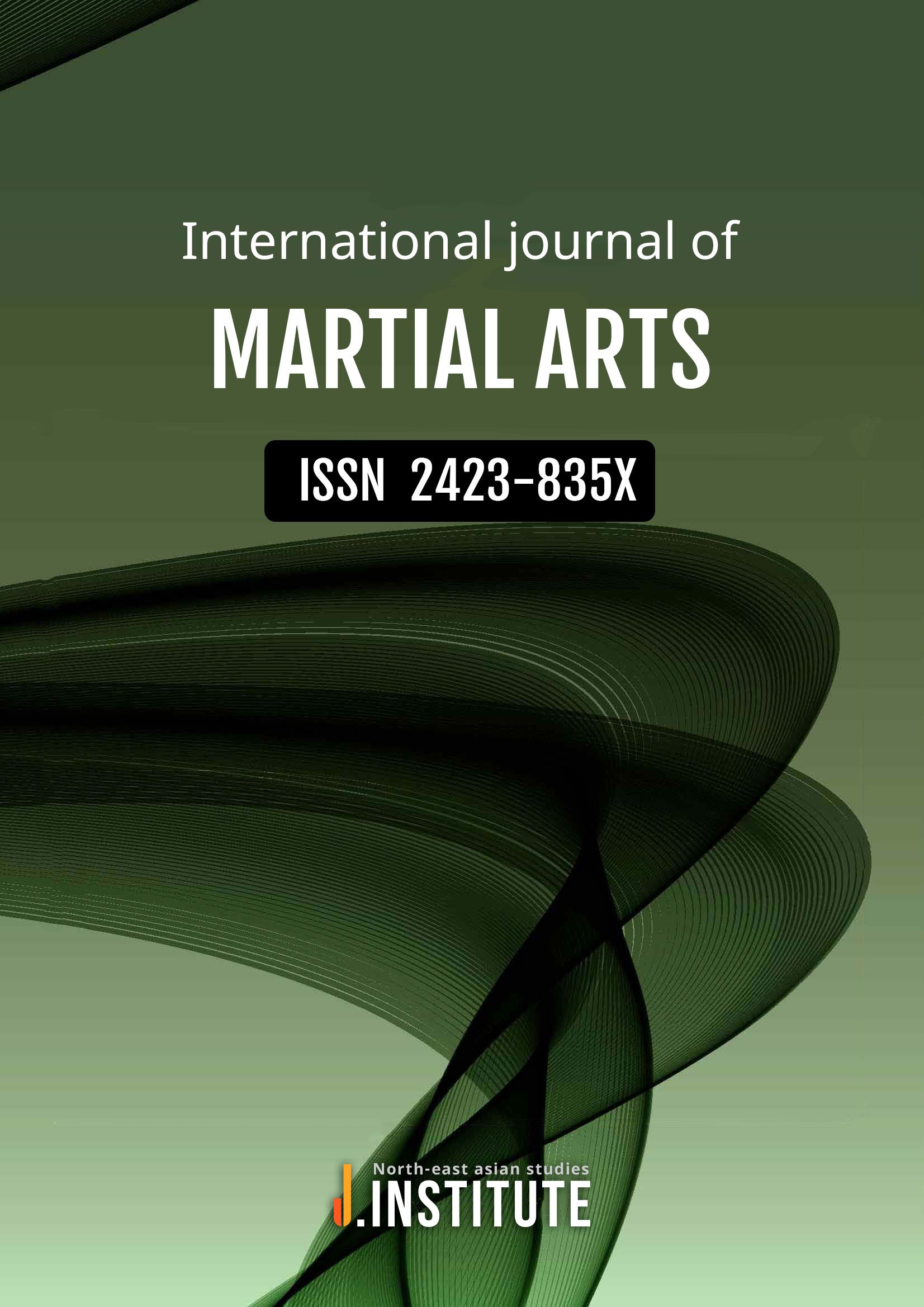
Paper Submit
- inquiry@j-institute.org

